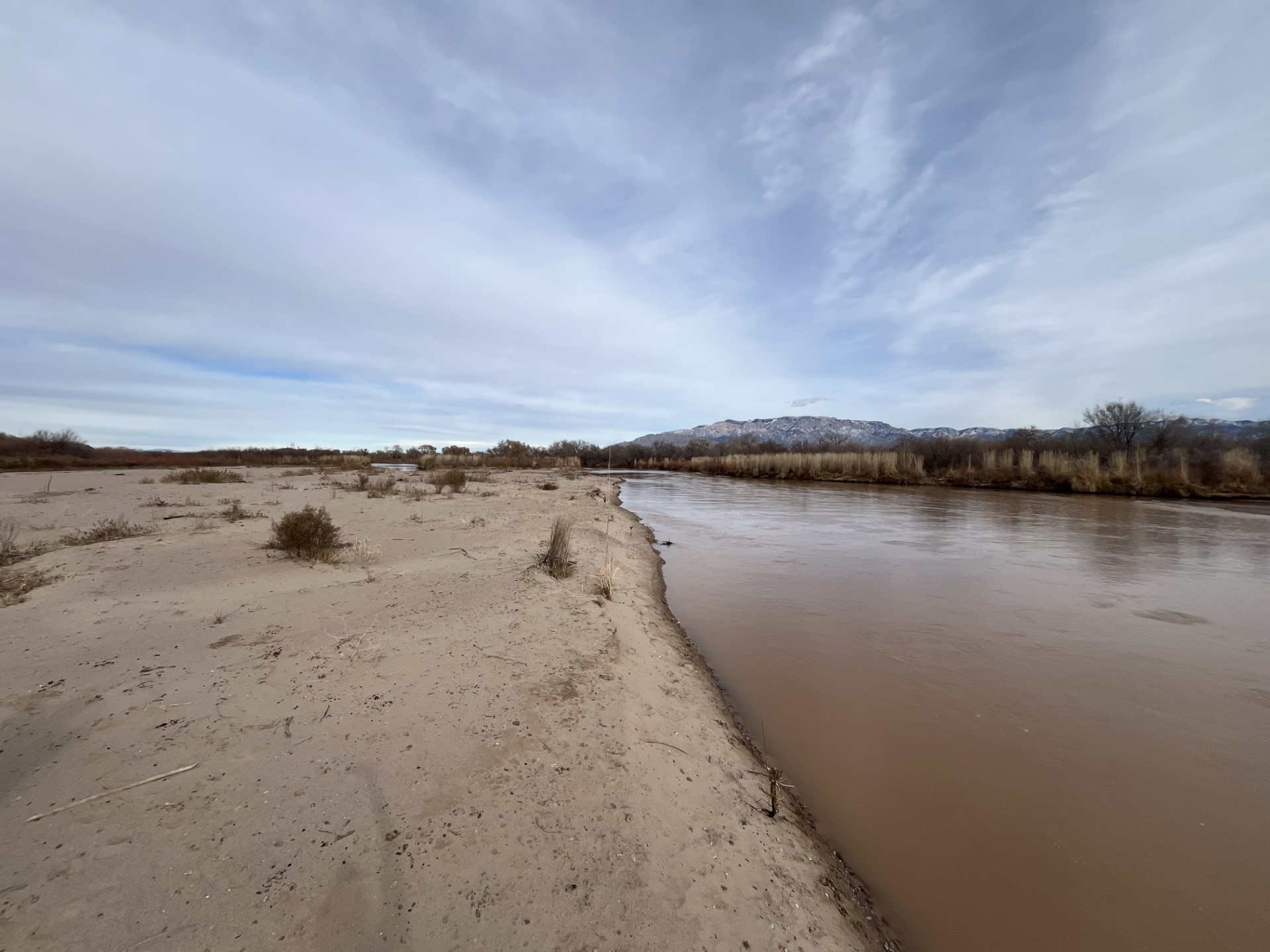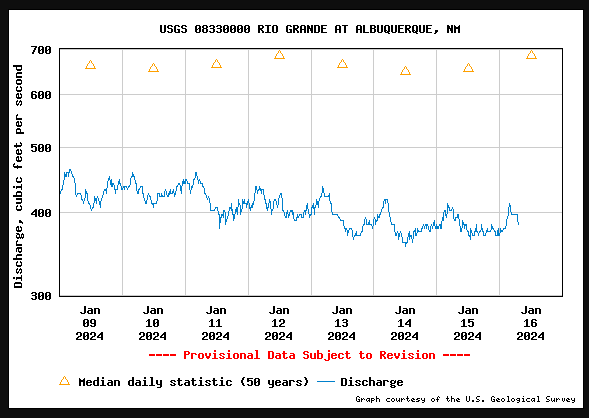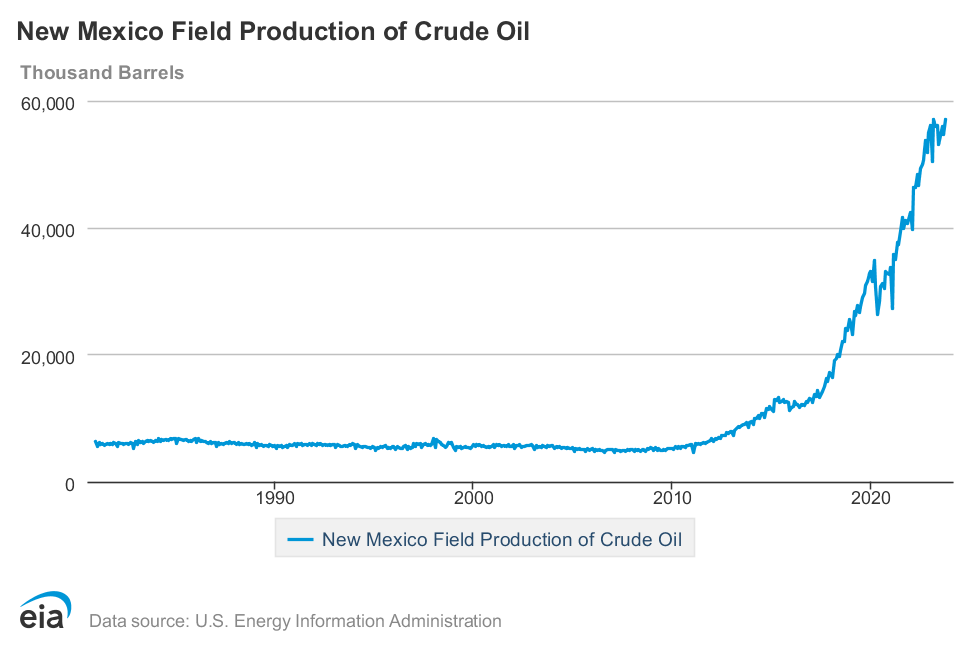Earth breaks records; fossil fuel companies amp up PR
Last week, NOAA’s National Centers for Environmental Information announced that 2023 was officially the warmest year on record. “By far.”
According to the federal agency, Earth’s average surface temperature was 2.12 degrees Fahrenheit above the twentieth century average, and the “highest global temperature among all years in NOAA’s 1850-2023 climate record.”
The agency also noted that it’s been 47 years since Earth had a colder-than-average year.
In a press statement, NOAA Chief Scientist Dr. Sarah Kapnick said: “We will continue to see records broken and extreme events grow until emissions go to zero.” You can read the full report on NOAA’s website.
If you’d like to see where the world warmed the most in 2023, check out this feature from The Washington Post. The last line of the story is chilling (no pun intended): “’It’s very likely that in 20, 30 years time, we will look back at the climate of the early 2020s as a period when [the temperature] was still manageable, when it was cold, in a sense,’ [said Carlo Buontempo, director of the Copernicus Climate Change Service, Europe’s top climate agency].”
Of course, it was pretty darn warm here in Albuquerque over the weekend, and the Rio Grande is running below average. Seeing porcupines, coyotes, cranes, herons, crows, and all kinds of other waterfowl and songbirds, I felt a pang of anger at how bad humans are at sharing this planet with the other creatures who live here. This morning, as I write to all of you, I’m thinking of a few lines in the Joy Harjo poem, “For Calling the Spirit Back from Wandering the Earth in Its Human Feet”:
Let the earth stabilize your postcolonial insecure jitters.
Be respectful of the small insects, birds and animal people who accompany you.
Ask their forgiveness for the harm we humans have brought down upon them.


Meanwhile, as billions of people around the globe experience water scarcity or increased flooding (and sometimes both within the same year), sea level rise, intensified storms, heat waves, and other climate impacts, fossil fuel companies are ramping up their public relations, lobbying, and ad campaigns to scare people into supporting the continued expansion of fossil fuel systems.
According to a story in The Guardian: “The American oil lobby has launched an eight-figure media campaign this week promoting the idea that fossil fuels are ‘vital’ to global energy security, alarming climate experts.”
Of course, production in the United States is already at record highs. Here in New Mexico, oil production has increased ten-fold just since 2010.

And while U.S. production of oil and natural gas certainly flourishes under Democratic administrations, just a reminder about the Heritage Foundation’s Project 2025, which The New York Times reported on last year.
That “battle plan” for the next Republican president “calls for shredding regulations to curb greenhouse gas pollution from cars, oil and gas wells and power plants, dismantling almost every clean energy program in the federal government and boosting the production of fossil fuels — the burning of which is the chief cause of planetary warming.”
More news for you:
• “State Parks Division Forfeits Millions in Federal Funds Due to Missed Deadlines” (Elizabeth Miller, New Mexico in Focus/New Mexico in Depth)
• “Report: Radioactive contaminants found on Los Alamos National Lab worker’s skin” (Scott Wyland, Santa Fe New Mexican)
• “Report: Another LANL worker’s skin contaminated” (Scott Wyland, Santa Fe New Mexican)
• “We’re in danger of falling off a ‘snow loss cliff.’ Here’s what that means.” (Maggie Penman, The Washington Post)
• “U.S. Carbon Emissions Fell in 2023 as Coal Use Tumbled to New Lows” (Brad Plumer, The Washington Post)
• “Lawmaker looks to rein in oil and gas exceptions” (Danielle Prokop, Source New Mexico)
• “NM Fossil IDd as New Tyrannosaur” (Julie Ann Grimm, Santa Fe Reporter)
Lastly, I missed this story in December, “Buried secrets, poisoned bodies” by Alicia Inez Guzmán at Searchlight New Mexico. If you did, too, please go read it right now. And thanks to reader Michael Lamb for sending a link from Creamer Media’s Mining Weekly, which notes:
“Canadian miner Laramide Resources has confirmed in an independent preliminary economic assessment (PEA) on the Churchrock uranium project, in New Mexico, the long-life and high-margin potential of the project.
The PEA marks the first economic study to consider the entirety of the large and robust resource amenable to in-situ recovery (ISR) mining.
“Importantly, as a late-stage development project located in the western US, Churchrock is well positioned to address some of the potential nuclear utility security of supply concerns clearly reflected in spot uranium prices which have risen dramatically and now exceed $90/lb,” says Laramide president and CEO Marc Henderson.”
I’m guessing the people of the region, host to abandoned and polluting uranium mines and mills (not to mention the nation’s largest radioactive spill), will have a lot to say about being “well positioned” to address the security of uranium supply concerns.
P.S. If a friend forwarded you this message, sign up here to receive the newsletter yourself. You can also read recent newsletters online. And if you miss us throughout the week, follow Our Land on Instagram.


